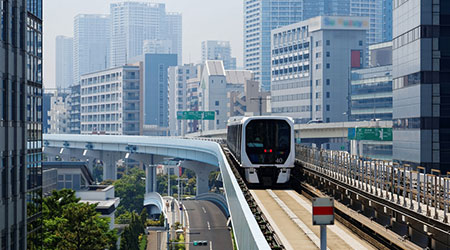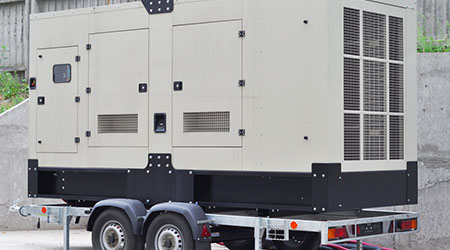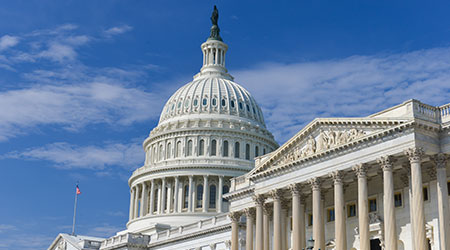
Train Derailment Highlights Importance of All-Hazards Planning
December 20, 2017
A train derailment south of Tacoma, Washington, on December 18, caused 13 train cars to crash onto an interstate and resulted in the deaths of several passengers. Amtrak's Cascades Train 501 was on its first trip between Seattle and Portland. Investigation is ongoing on the cause of the derailment, but one of the train's data recorders showed the train was going 50 mph over the speed limit just prior to the incident.
At first glance, a train derailment might not seem to directly pertain to the world of facilities management. However, trains often travel in the vicinity of commercial facilities with various cargo. Beyond the hazard of impact for facilities very close to train tracks, there is the scenario of a derailment with hazardous and/or flammable cargo for facility managers to keep in mind.
Train derailment would fall under a facility's all-hazards plan. This would also include response for other hazards, such as active shooter or extreme weather.
“People don’t consider all the different scenarios that could affect their facility,” says Sheldon Rucinski, managing director of Schirmer Engineering’s Chicago office in a Building Operating Management article on emergency response plans. Proximity to train tracks, or location under a flight path could pose a threat. Threats to facilities addressed by an all-hazards plan could be chemical, biological, civil demonstrations, crime, and security issues.
This Quick Read was submitted by Naomi Millán, senior editor, Building Operating Management.
Next
Read next on FacilitiesNet












